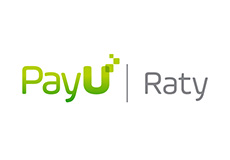-
Free EU and UK Shipping30 day return policyDelivery - from 2 daysHigh quality and best price
Cart
0
0
No products
Shipping
To be determined
Tax
0,00 zł
Total
0,00 zł
Prices are tax included
Product successfully added to your shopping cart
Quantity
Total
There are 0 items in your cart.
There is 1 item in your cart.
Total products
(tax incl.)
Total shipping (tax incl.)
To be determined
Tax
0,00 zł
Total
(tax incl.)
Turkey
Turkish carpets, also called Anatolian carpets, have been produced in Asia Minor since the 13th century (the oldest carpets come from the city of Konya). Discussing these carpets we should consider the tribes of Kurds, Ottoman Turks, Turkmen and Armenians who created here their native weaving industry. The most valuable carpets come from Bergamas, Ankara, Kazak, Melas, Gordes, Kula, Uszak, Istanbul and Hereke as well as Eastern Anatolia.
Anatolia, from the Greek, means "east" - orient, and exactly like that the design of...














